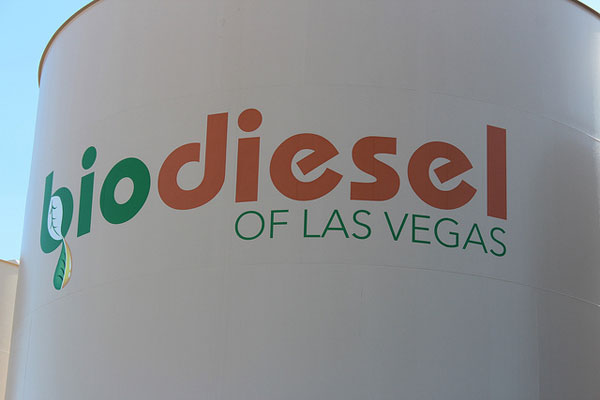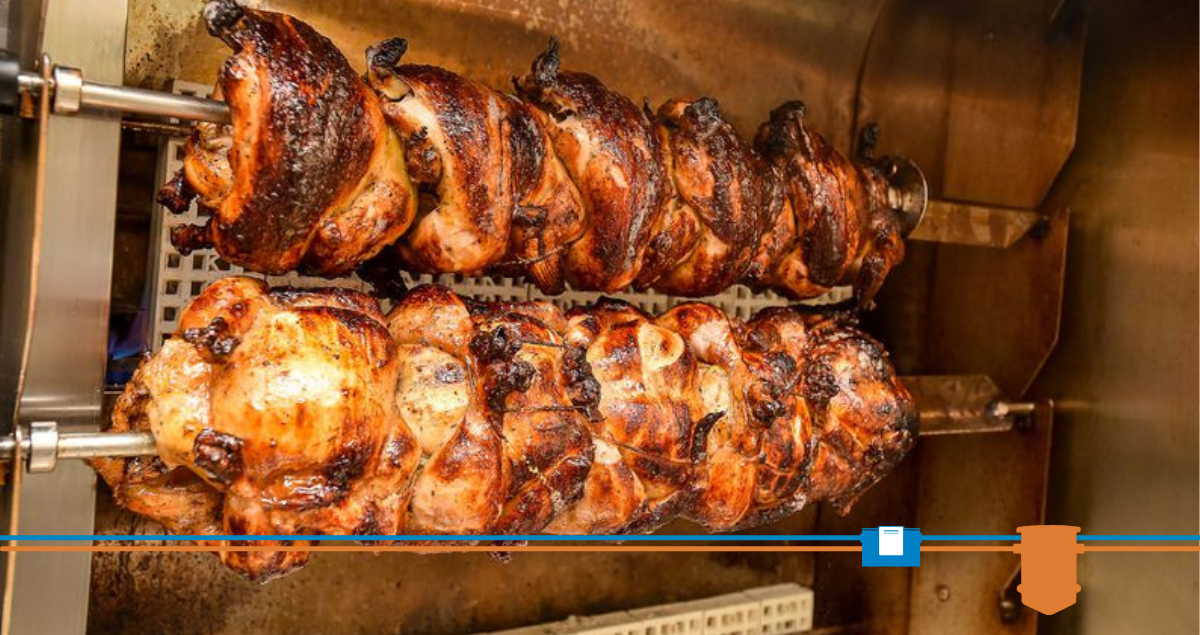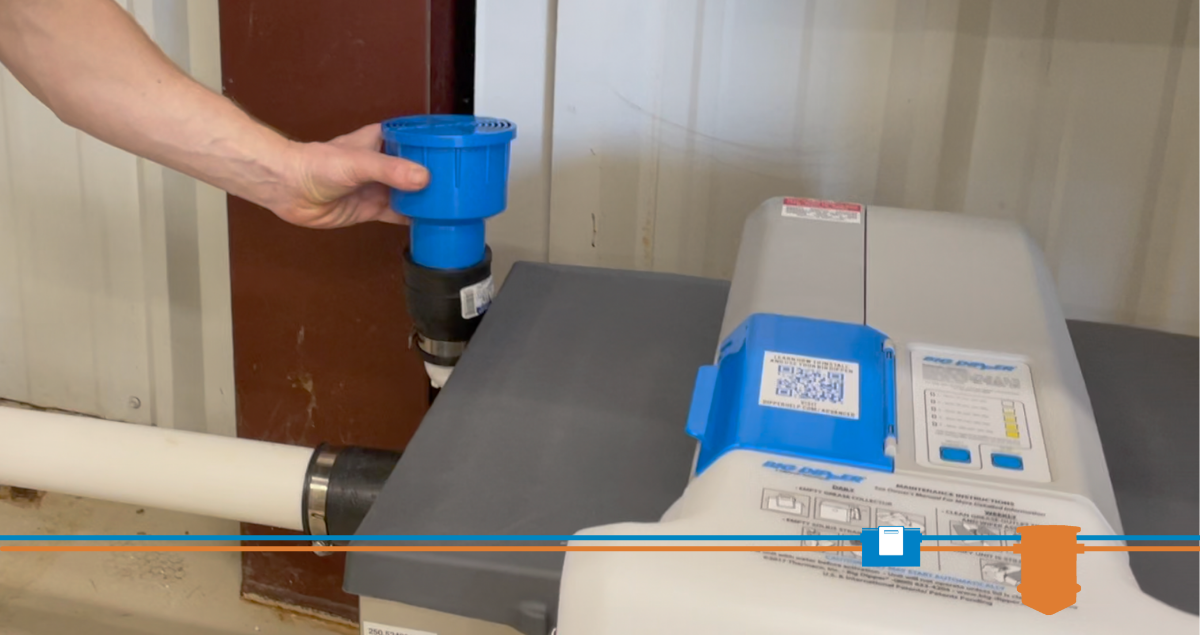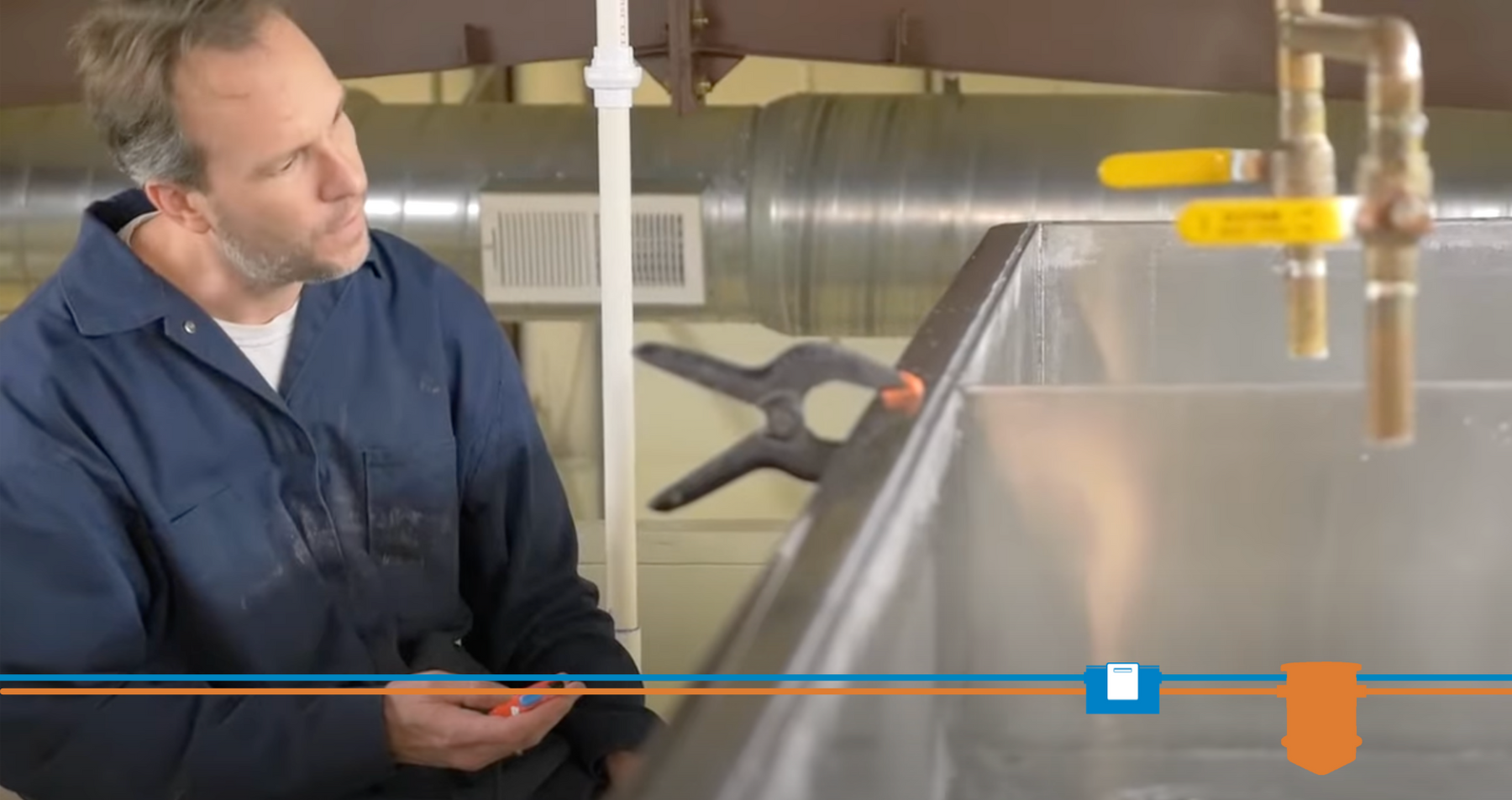Why grease trap to fuel tank makes sense
- Aug 20, 2015
For the past couple of decades, yellow grease, or used fryer oil, has been the go-to source for biodiesel production. Each gallon of yellow grease produces almost the same volume of biodiesel.
Though the biodiesel yield is much lower for brown grease (50 percent), pioneering organizations are discovering uses for all types of grease trap waste.
A recent Thermaco blog post discussed the new practice of introducing fats, oils and grease (FOGs) into methane-producing digesters at wastewater treatment plants. Recent research shows that the introduction of FOGs from the collection of grease interceptor waste can increase methane production, but the amount matters.
In a study conducted at North Carolina State University, researchers found that methane production increased by 317 percent when FOGs were introduced at a rate of 20 percent of volume. However, an increase in the amount of FOG per volume didn’t fare well — at 40 percent of volume, methane production decreased.
Sustainable energy pioneers are finding that grease trap waste, if properly processed, can be used in a number of other ways.
Why it makes sense
 Einstein said, “Energy cannot be created or destroyed, it can only be changed from one form to another.” Wouldn’t it make sense, then, to harness the energy from what started out as our primary energy source — food — in the first place?
Einstein said, “Energy cannot be created or destroyed, it can only be changed from one form to another.” Wouldn’t it make sense, then, to harness the energy from what started out as our primary energy source — food — in the first place?
Saying that grease trap waste is an abundant resource would be a vast understatement. A 1998 study by the National Renewable Energy Laboratory of 30 U.S. metropolitan areas found that about 13 pounds of trap grease are generated per person per year. Research shows that that number has actually increased over the past 20 years, but by using that data as a starting point, with the current population of 313.9 million people, food service establishments produce well over 4 billion pounds of trap grease per year.
That’s 4 billion pounds of grease trap waste that’s carted to landfills, to wastewater treatment facilities and sprayed over fields — none of those are necessarily sustainable solutions. In some instances, water treatment facilities are even refusing the water waste brought in from pump trucks because community and industrial growth has greatly diminished capacity.
Until recently, companies weren’t exactly chomping at the bit to take a swing at using grease trap waste for energy production. For starters, it stinks. It also contains a large percentage of free fatty acids (more on those later), has significant solids contamination (food and inorganic material), is mixed in with water when pumped, and the grease is solid at room temperature. But, with proper processing, all those issues can be rectified and the product not only is a sustainable energy source, but also a solution to a waste management problem.
Turning grease trap waste into alternative energy isn’t just good for the environment — it’s good for the haulers as well. When compared to dumping all the waste at the landfill, disposal costs are much cheaper. In turn, this cuts down on the amount of illegal dumping.
From grease to energy
When grease trap waste is first pumped from a food service establishment’s tank, it’s not yet in a useable state due to the large amount of water, up to 90 percent. The remaining 10 percent is split pretty evenly between food particles and grease.
Dewatering the waste isn’t an easy task. Though technologies vary, the liquid part of the grease trap waste is removed through filtration, evaporation or another separation process. Many waste treatment plants use large-scale equipment to separate the solids from the liquid, but smaller set-ups are available for pumping businesses.
The separated water is returned to a municipality’s water treatment system, while the grease can be repurposed.
Super-capacity grease traps, like Thermaco’s Trapzilla, can significantly reduce the dewatering burden because they trap more grease and less water. For example, Trapzilla traps upwards of 90 percent of its total volume—this translates into more than 630 pounds of fats, oil and grease. As a comparison, traditional concrete traps need to be emptied when they hit 25 percent capacity.
Once the grease is dewatered, there are several energy-producing possibilities.
FOGs to fuel
Dewatered FOGs can be used as a substitute for coal or wood in power plants. One pound of compressed, dewatered FOG material actually has more heat energy than a pound of wood. FOGs have between 7,000 and 10,000 BTUs (British Thermal Units), whereas a block of wood has about 6,500 BTUs. Though dewatered grease is more effective than wood, coal maintains the BTU lead at about 12,000 BTUs.
Dewatered FOGs have also been used successfully when combined with wood chips with wood fuel systems at gasification or combustion facilities. Coined the “FOG cake,” the 50/50 ratio works well.
Biodiesel
It takes about 7.5 pounds of trap grease to make one gallon of biodiesel. Using the grease trap statistics above, the U.S. could potentially produce between 500-600 million gallons of biodiesel each year from grease trap waste. That’s a small, but not inconsequential, portion of the 40 billion gallons of diesel consumed in the United States each year.
So, why are we not already running our vehicles off of FOGs?
The grease-to-biodiesel process isn’t simple as the other waste-to-energy processes.
The biggest challenges in converting used oil and grease to biodiesel lies in the chemical makeup of the grease. The free fatty acids, mentioned above, are abundant in fats, oils and grease and can put a serious damper on biodiesel production.
Fats and oils are made up of three fatty acid molecules attached to a glycerol molecule; these are called triglycerides. In used oils and greases, some of these triglycerides break down so that the fatty acids separate from the glycerol molecule. When that happens, they’re called free fatty acids.
These changes in chemistry make a pretty big difference. After the grease has been dewatered and a catalyst is introduced in the early stages of biodiesel production, these free fatty acids produce soap — not biodiesel. And obviously, vehicles can’t run on soap.
The soap reduces the level of catalyst in the solution by inhibiting the separation of the glycerin molecules. Because of this, the soap has to be removed — more soap in the solution equals less biodiesel.
The percentage of free fatty acids present dictates the amount of biodiesel harnessed from used FOGs. Used grease with less than 15 percent free fatty acids is called “yellow grease.” The process to turn yellow grease into biodiesel is much simpler than the process to turn brown grease, or grease that contains more than 15 percent free fatty acids, into biodiesel.
With yellow grease, a catalyst is added and the free fatty acids converted to soap. The soap can be removed through various processes that depend on the level of free fatty acids, and then the remaining oil can be processed for biodiesel.
Brown grease, because the percentage of free fatty acids is higher, is much more difficult to process. While the verdict is still out on the best method to process brown grease, but most processes enlist the help of additional catalysts, use high temperatures, high pressure, or a combination of all of the above.
Looking forward
The global waste-to-energy industry could be worth an estimated $7.6 billion by the end of 2014. The industry is expected to continue to grow as landfills work to reduce intake, waste-related regulations are tightened, technology improves and environmental sustainability efforts become even more important.
It makes to continue explore ways that grease trap waste can be used to help power the world.
Photo above courtesty of the United Soybean Board.






